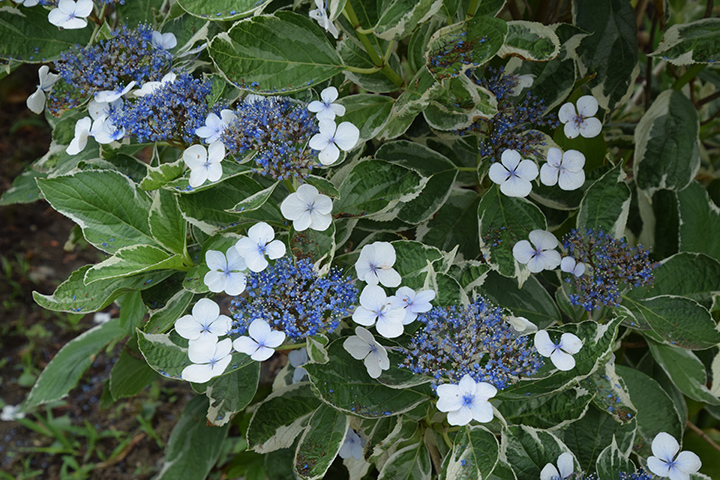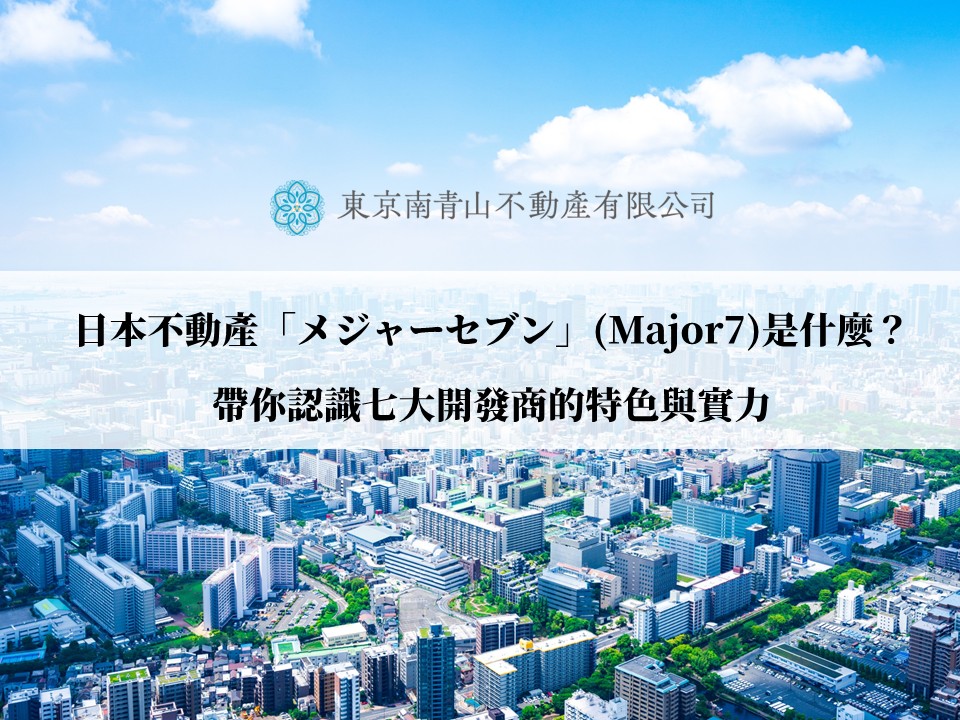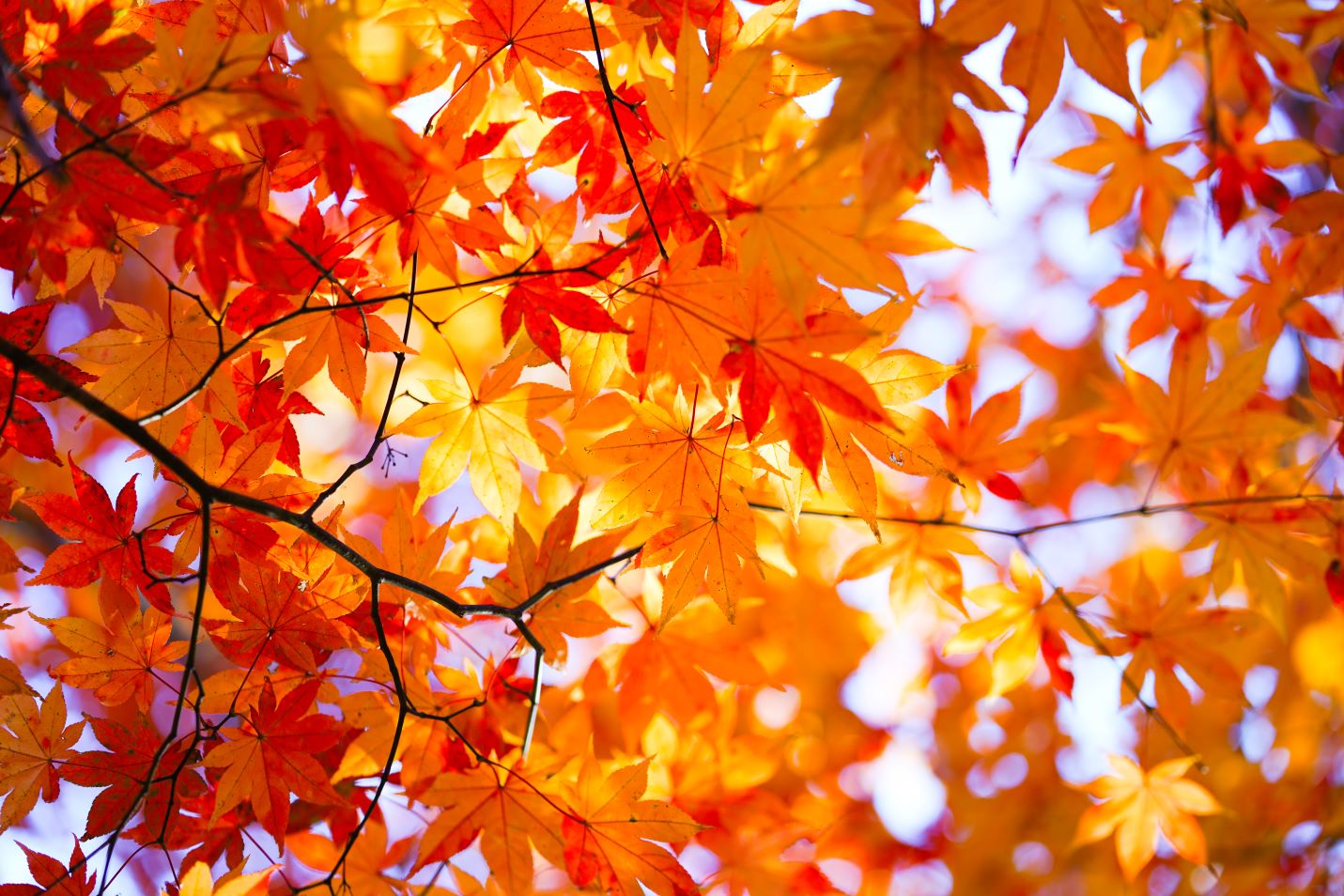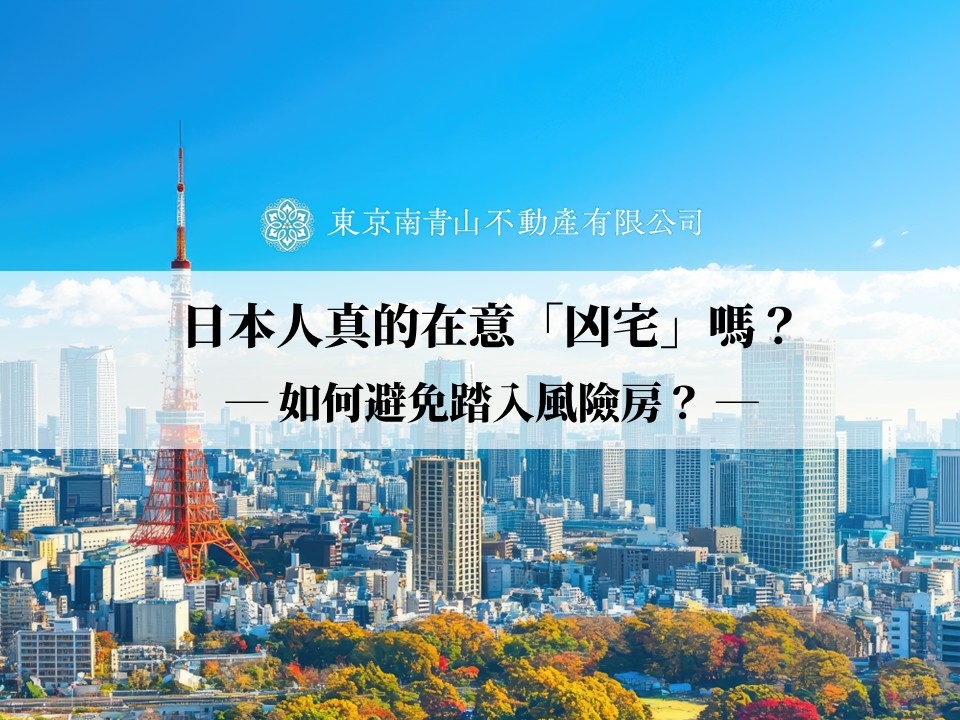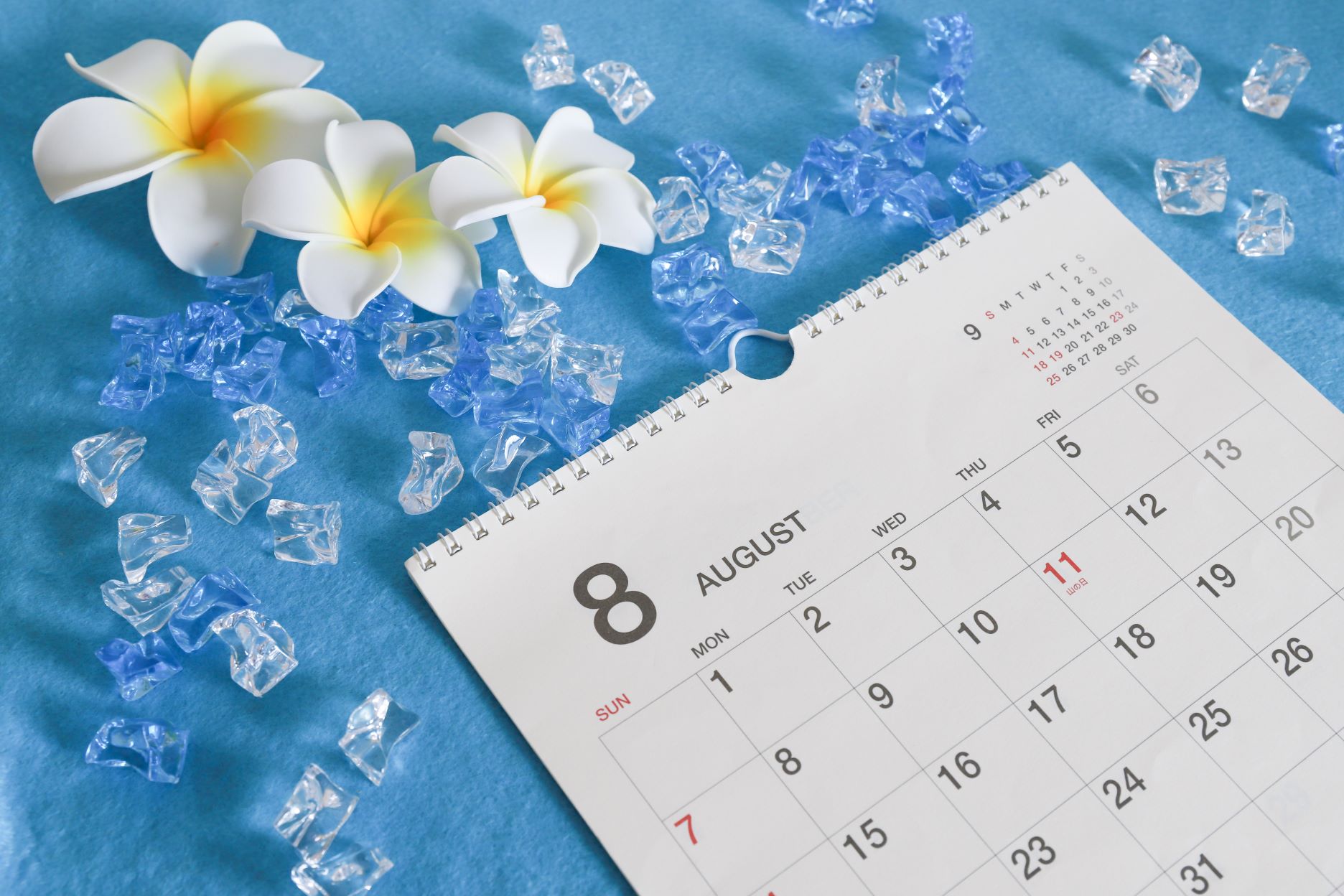The culture of "ikebana" was established in the Muromachi period about 700 years ago and has been passed down to the present day. In modern times, there are many schools, with more than 300 said to exist. This article introduces the ikebana schools, focusing on the three major ones: "Ikenobo," "Ohara-ryu," and "Sogetsu-ryu."
The Source of Ikebana: "Ikenobo" Embraces Both Traditional and Modern Ikebana
"Ikenobo" is the oldest school and is considered the source of ikebana in Japan. It is believed that the "Rikka" style, established by the monk Ikenobo Senkei of Rokkakudo in Kyoto, is the root of today's ikebana. Therefore, it is commonly referred to as "Ikenobo" without adding "Ryu." In the Edo period, "Shoka" (fresh flowers) emerged, emphasizing formal beauty, and after the war, "Jiyubana" (free flowers) took root. Compared to "Rikka" and "Shoka," which follow traditional aesthetic rules, "Jiyubana" is literally free and can be expressed in a wide range of ways.
Ikenobo's philosophy is to make the most of the beauty of flowers throughout the four seasons. Not only beautiful blooming flowers and young leaves, but also faded flowers, worm-eaten leaves, withered leaves, and branches are all regarded as part of the same life of plants and trees, and their beauty is appreciated. Although it has evolved over time, it still preserves the traditional world of ikebana.
Characterized by Free and Dynamic Expression: "Sogetsu-ryu"
Founded in 1927 by Sofu Teshigawara, Sogetsu-ryu is characterized by a high degree of freedom compared to other schools. Teshigawara, whose father was a flower arranger, was instructed in ikebana from an early age but began to question the traditional formal style, leading him to establish Sogetsu-ryu.
Unbound by "mold" or tradition, he pursued ikebana as an art form with the philosophy of "anytime, anywhere, anyone, and any material can be used," influencing the avant-garde art movement after the war. He created many modern works, and today, Sogetsu-ryu freely colors all kinds of spaces, from narrow alcoves in homes to large-scale commercial facilities.
Currently, the "Ohara-ryu" That Established the Standard Style of Ikebana
Founded in 1895 at the end of the Meiji era by Ohara Unshin, Ohara-ryu aimed to adapt ikebana to suit Western-style architecture as Japan became more westernized.
Ohara-ryu established "moribana," where flowers are arranged in a wide-mouthed, shallow vase called "suiban," creating a piled-up effect. Unshin is known for introducing revolutionary methods in the ikebana world, such as actively incorporating Western flowers, which had been rejected by other schools until then. It is said that Ohara-ryu was the first to incorporate the "kenzan," now considered indispensable in ikebana.
Additionally, the second-generation leader, Koun, opened up leadership positions to women and worked hard to modernize ikebana culture.
Other Mainstream Schools
◆ Ryusei School Founded in 1886 (Meiji 19) by the first Iemoto, Yoshimura Kaun. As society became more Westernized, styles with a high degree of freedom gained popularity, but the third generation, Kasen, once again advocated the classical way of thinking that emphasizes the natural beauty of plants. Currently, Ryusei School develops "classical flowers" based on traditional styles, "free flowers" that highlight individual creativity and sensibilities, and "hibika," which is designed for modern housing conditions and expresses dimensions of 50 cm or less. They value the idea of "plant appearance," where practitioners face the plants and trees they hold and find beauty in them.
◆ Saga-ryu In the Heian period, at Daikakuji Temple in Kyoto, Emperor Saga's hand-folded chrysanthemums were placed in a vase in the palace while boating, and this practice spread throughout the country, mainly in the Kansai region. Since its founding, Saga-ryu has developed various styles of ikebana based on two main types: "traditional flowers" that have been passed down and "makeup flowers" that have evolved from traditional flowers.
◆ Mishoryu Founded in the middle of the Edo period by two flower arrangers, Mishosai Ippo and Mishosai Koho. The philosophy of Mishoryu is not to simply replicate nature but to "express more essential beauty through human hands."
◆ Koryu A school that originated in the middle of the Edo period, founded by Isshiken Imai Sofu. It declined once during the Meiji period when Western culture was introduced but was revived in Kanazawa. Koryu expresses Confucian ideas and inherits the traditional style of the Edo period.
◆ Flower Arrangement Enshu Founded by Kobori Enshu, a tea master active in the Edo period. It is deeply related to the tea ceremony and expresses the beauty of "mitate" and the aesthetic sense of "wabi-sabi" that Enshu independently discovered.
Each school, including the three major ones, has its own history and inherited philosophy. Even if the same plant is used, the method of expression can be very different. When learning ikebana, you can choose whether you want to learn traditional techniques or free styles, and select the style of the creator that resonates with you. Why not enjoy living with ikebana?


